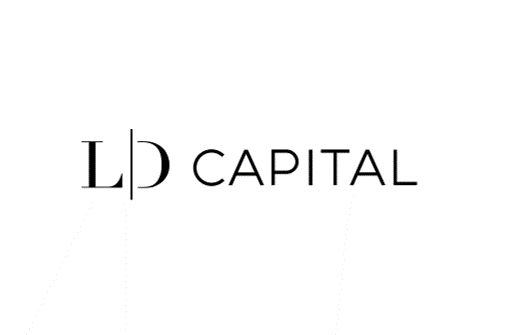160 reads
The Blockchain Forecast - from Public Chain to Cross-Chain, Everything You Need to Know in 2022
by
February 10th, 2022
Audio Presented by

LD Capital is a leading crypto fund in investment and trading in primary and secondary markets.
About Author
LD Capital is a leading crypto fund in investment and trading in primary and secondary markets.